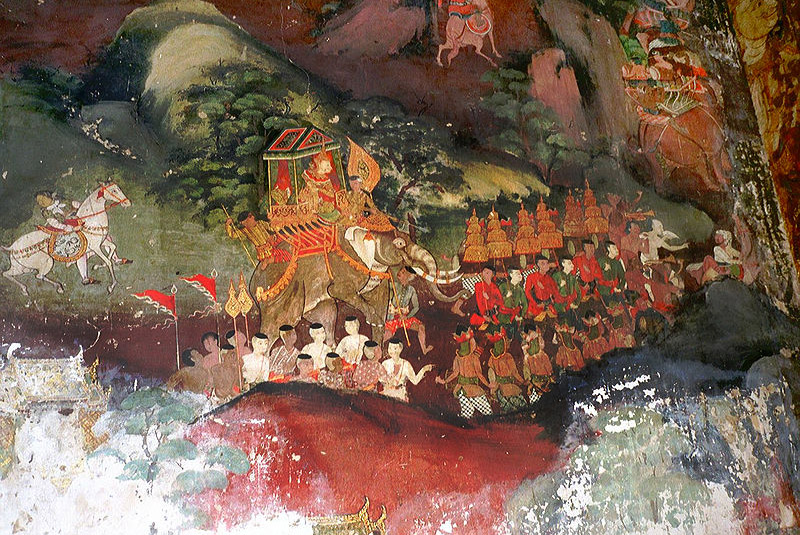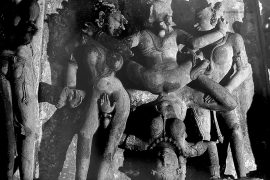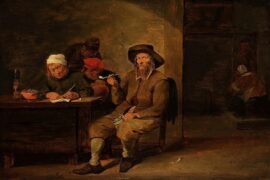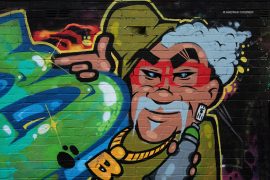In an ancient Buddhist temple in Siam Reap, Cambodia’s northern province, a story of two adults is etched on the bas-reliefs. The scene tells the story of Jujaka, an old Brahmin, who travels to the city of Vankagiri to meet Bodhisattva Vessantara to find two slaves for his wife. As the story goes, Vessantara willingly donated his two children as slaves to the Brahmin.
After much reluctance, Jujaka forces the children to join him as his slaves. But miraculously, seven days later, the children are returned to Vessantara; the Bodhisattva returns to the city where his sons were held captive and frees all the slaves. Vessantara practised generosity – consequently, he attains nirvana.
The above-mentioned story is from the Vessantara Jataka, the most famous fable in the Buddhist literary canon. It has travelled across countries in South Asia – from China, Tibet, India, and Sri Lanka to Pakistan and Afghanistan. It has been adapted in paintings, monuments, and popular culture – scenes from the story are also found in Buddhist monuments at Angkor Wat.
But what makes the story of Vessantara Jataka so alluring?
Copyright©Madras Courier, All Rights Reserved. You may share using our article tools. Please don't cut articles from madrascourier.com and redistribute by email, post to the web, mobile phone or social media.Please send in your feed back and comments to [email protected]











